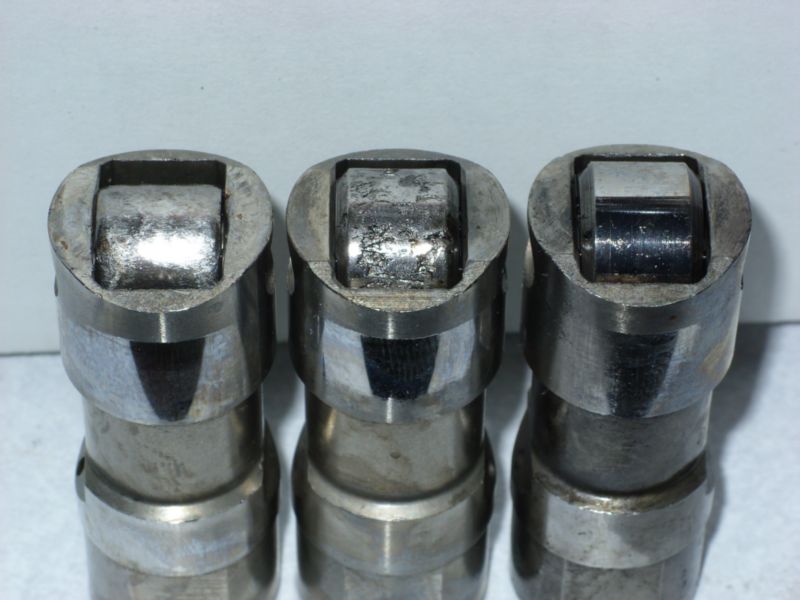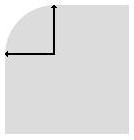http://www.brodix.com/heads/ik.php
http://www.edelbrock.com/automotive_new ... -210.shtml
http://www.summitracing.com/parts/EDL-5087/
http://www.jegs.com/p/Brodix/Brodix-IK1 ... 9/10002/-1
http://www.profilerperformance.com/sbc-heads-176.html
http://www.trickflow.com/partdetail.asp ... toview=sku
http://www.summitracing.com/parts/TFS-32400006/
viewtopic.php?f=52&t=3543
http://www.airflowresearch.com/index.php?cPath=24_33
http://www.summitracing.com/parts/AFR-1050/
http://www.jegs.com/i/Dart/301/10971143/10002/-1
keep in mind your looking for a combo that maximized mid and upper rpm torque , your NOT building a RACING ENGINE so a 195cc-200cc 210cc port head that flows decent numbers will be about correct,if you decide to go with a longer duration cam later to boost your peak power the heads selected might not be ideal but they certainly should not be a huge restriction either as they can easily exceed 500hp you certainly don,t need to spend several thousand dollars, on race heads on a car thats mostly designed for street performance but you should buy a quality head and if you were to select a modest aluminum performance head that flows at least 250cfm at .500 lift your going to have a decent torque monster combo if the correct compression,cam headers and intakes are used in that combo.
selecting decent quality cylinder heads is one of the MOST important factors that potentially limit your cars power,or allow that engine to make exceptional power.
many guys make the mistake of not buying good heads that flow enough to support the desired horsepower levels or rarely they get into buying a far too large, and expensive race type port head and then make the mistake of not using enough, displacement, cam duration,and intake flow and enough compression and gearing to allow the engine to operate in the upper rpm range where that head can function correctly to its full potential and the need the flow it can provide to the combo.
http://www.profilerperformance.com/raci ... -23-degree
http://www.airflowresearch.com/index.php?cPath=24_33
http://www.jegs.com/i/Brodix/158/102100 ... tId=760699
http://www.brodix.com/heads/ik.php
http://www.edelbrock.com/automotive_new ... -210.shtml
http://www.summitracing.com/parts/EDL-5087/
http://www.jegs.com/p/Brodix/Brodix-IK1 ... 9/10002/-1
http://www.profilerperformance.com/sbc-heads-176.html
http://www.trickflow.com/partdetail.asp ... toview=sku
http://www.summitracing.com/parts/TFS-32400006/
viewtopic.php?f=52&t=3543
http://www.airflowresearch.com/index.php?cPath=24_33
http://www.summitracing.com/parts/AFR-1050/
http://www.jegs.com/i/Dart/301/10971143/10002/-1
keep in mind your looking for a combo that maximized mid and upper rpm torque , your NOT building a RACING ENGINE so a 195cc-200cc 210cc port head that flows decent numbers will be about correct,if you decide to go with a longer duration cam later to boost your peak power the heads selected might not be ideal but they certainly should not be a huge restriction either as they can easily exceed 500hp you certainly don,t need to spend several thousand dollars, on race heads on a car thats mostly designed for street performance but you should buy a quality head and if you were to select a modest aluminum performance head that flows at least 250cfm at .500 lift your going to have a decent torque monster combo if the correct compression,cam headers and intakes are used in that combo.
selecting decent quality cylinder heads is one of the MOST important factors that potentially limit your cars power,or allow that engine to make exceptional power.
many guys make the mistake of not buying good heads that flow enough to support the desired horsepower levels or rarely they get into buying a far too large, and expensive race type port head and then make the mistake of not using enough, displacement, cam duration,and intake flow and enough compression and gearing to allow the engine to operate in the upper rpm range where that head can function correctly to its full potential and the need the flow it can provide to the combo.
http://www.profilerperformance.com/raci ... -23-degree
http://www.airflowresearch.com/index.php?cPath=24_33
http://www.jegs.com/i/Brodix/158/102100 ... tId=760699
http://www.brodix.com/heads/ik.php



























